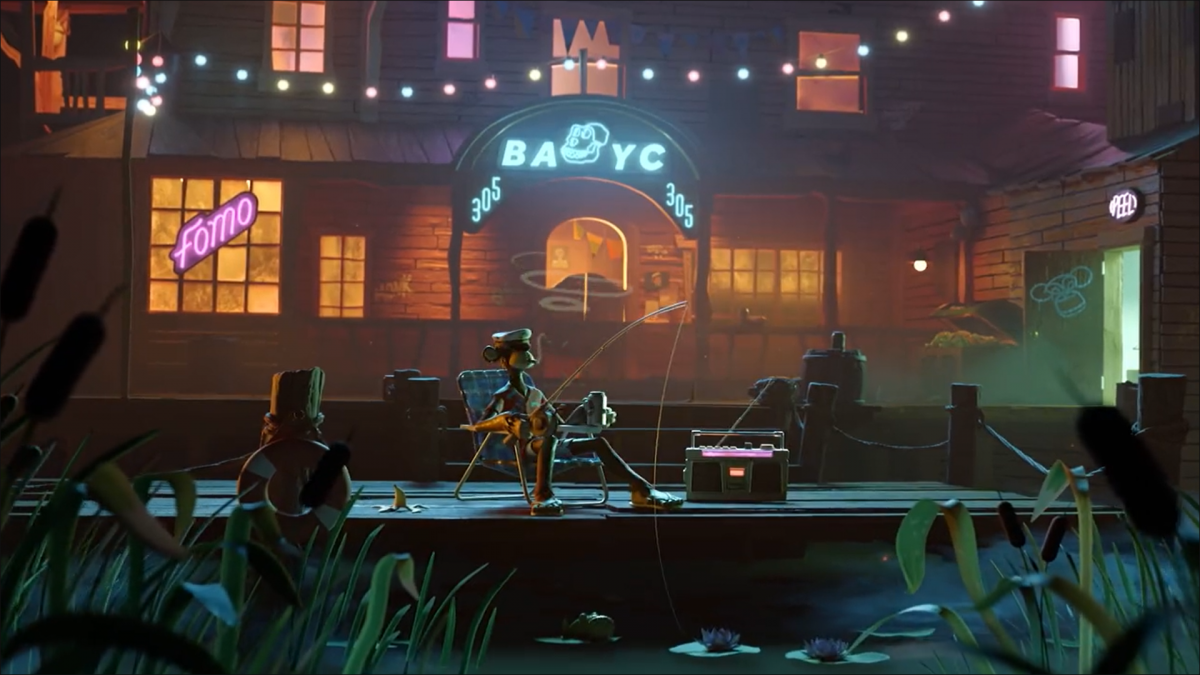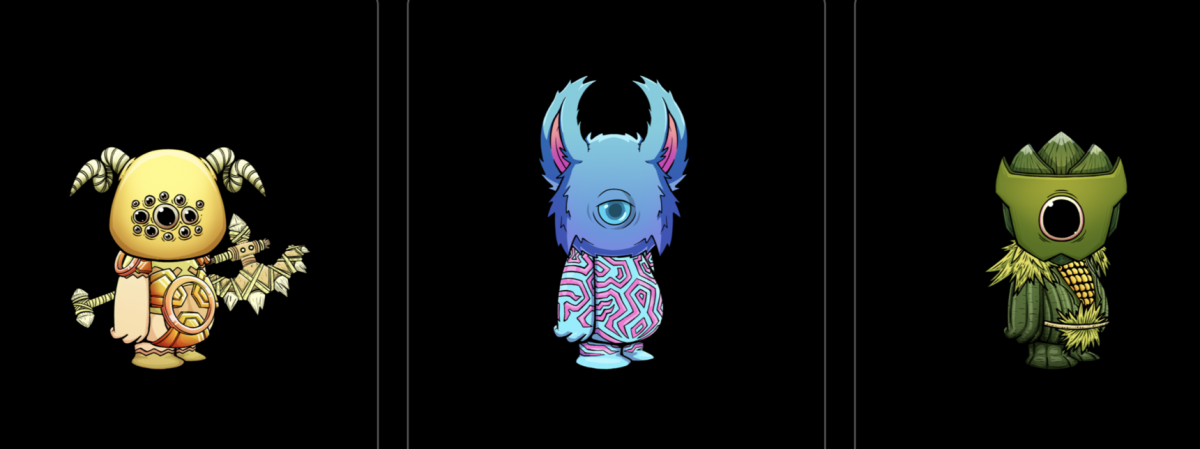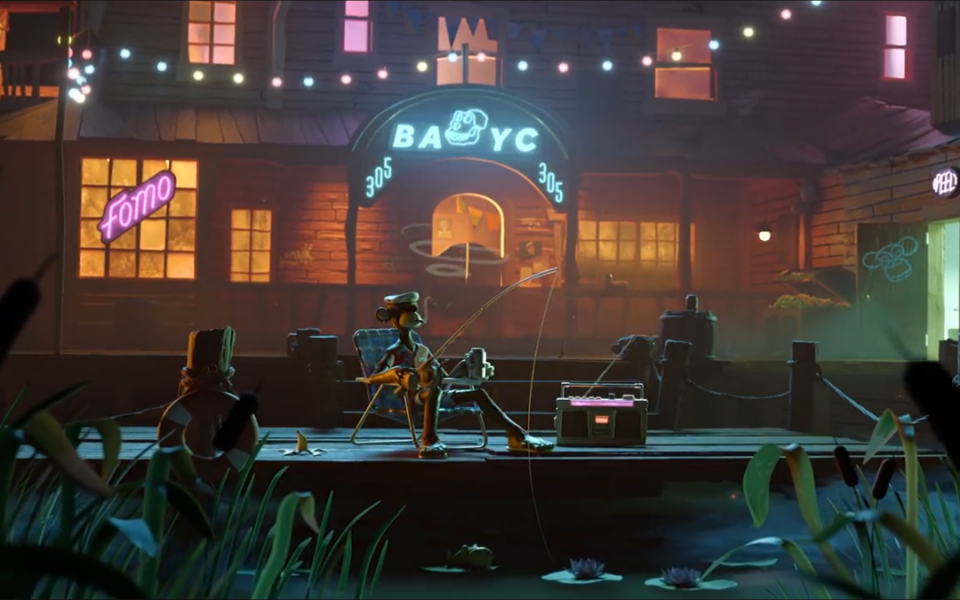Is Scarcity in NFTs a Boon, a Problem, or Both?
In 2018, Roham Gharegozlou of Dapper Labs, the Canadian studio behind the widely successful CryptoKitties project, gave a speech in Vienna that revolved around a single theme: life is non-fungible. Applying this concept to digital assets via blockchain technology, he argued, would soon change the way people view and interact with the idea of ownership in an increasingly digital world.
Fast-forward a few years, and this idea has not only taken hold, it has taken off. The NFT boom that started in earnest in 2021 continues, despite seeing some pockets of slowdown in recent weeks and debatable claims that the NFT industry is collapsing. Just this week, for example, Meta announced that Instagram will begin testing NFTs on the popular social media platform with similar functionality on Facebook soon to follow.
The key to this growth lies largely in blockchain’s ability to imbue digital assets with verifiable scarcity, which lends NFTs their unique appeal and allows project creators and collectors to sell them for a premium. Scarcity and exclusivity have been cornerstones of the NFT ecosystem for years — but the way that scarcity is managed and perceived is changing.
The most prominent example of this is Bored Ape Yacht Club’s recent adoption of the ApeCoin token. Yuga Labs’ BAYC has stated that it will use the token to help expand its Web3 universe, which will include games from Animoca Brands, merch, events, and its metaverse project Otherside.

The token expands the BAYC project, allowing those who are not owners of a Bored Ape to participate in that community by buying dynamic NFT plots of land in Otherside known as Otherdeeds. ApeCoin holders, even those with just a single $APE, will also be able to participate in ApeCoin DAO governance, the body that officially created ApeCoin.
It’s an example of the largest and most expensive NFT project in existence throwing open its doors to anyone who wants to participate (you may not be able to buy a Bored Ape, but ApeCoin is orders of magnitude more affordable). It’s also something that seemingly contradicts the ideas of scarcity and exclusivity that have come to define the most successful NFT projects out there.
For better or worse, the rapid expansion of NFT communities and the scale and influence of their projects is only going to continue, and it could change the nature of the entire industry.
Use native tokens to scale up and reduce scams
Enter the Co:Create protocol from the newly-founded Web3 company Gesso Labs. After raising a $25 million seed round led by a16z crypto — Andreessen Horowitz’s Web3 VC fund — Gesso Labs announced their first endeavor: a protocol instance they believe will help unlock the potential of NFT projects, enabling and encouraging them to grow into wider, more active communities.
The factory method protocol (essentially, a set of rules that allow data to be shared on the blockchain) provides a template for NFT creators to customize four components: the NFT minting mechanism, a native utility and governance token, a DAO (a decentralized autonomous organization), and a treasury. Effectively, this gives individual NFT project leaders the ability to create their own crypto token and associated ecosystem, decentralized governing body and all.
“Now you have a fungible token — a native utility and governance token where there will be demand for it as the NFTs do well,” explained Tara Fung, Gesso Labs’ co-founder and CEO in an interview with nft now. “So, sales of the NFTs result in demand for the native token, which makes it a more powerful incentive mechanism within its own ecosystem.”
This is a compelling concept. Combining NFT projects with native tokens and the infrastructure needed to manage their communities could ignite the industry in a way that encourages growth and development in ways previously unseen and on a much wider scale than any single NFT project (even that of BAYC) could achieve on its own.
Chris Dixon, General Partner at a16z crypto, said of the protocol in a statement, “We’re only beginning to appreciate what a motivated and engaged NFT community is capable of. The Co:Create protocol puts creators on the right path to designing and implementing the most challenging components of successful NFT communities.”
There does appear to be interest in scaling up from NFT creators. While designing the protocol and assessing interest in the project, the team at Gesso Labs noticed a distinct desire from creators for help in building more sustainable, profitable projects.
“I’ve spoken with a lot of NFT projects,” says Fung. “Everyone from Web3 native projects to Web2 brands. We’ve gotten really great feedback from people saying, ‘We have a vision of the future, and we need the roads to get to that destination, but we’d prefer not to build all the roads ourselves.’” Providing that underlying infrastructure could very well be something of a game-changer.
The open-source protocol also allows creators to control the royalty payouts of their NFTs. Rather than the NFT sales being paid out in a token like ETH, those royalties are sent to a DEX (a decentralized exchange) and swapped out for the project’s native token. They are then distributed to a wider number of participants, namely the creators, the project’s DAO, and the buyer.
This particular aspect of the protocol may even help lower instances of rug-pull scams in the NFT world. Rug-pulls are common scams in which crypto developers transfer funds out of the ecosystem and disappear once prices hit a ceiling, leaving behind rather disgruntled investors with potentially little in the way of legal recourse.
“This type of model requires that the NFT project truly believe in what they’re investing in for the long term,” Fung notes optimistically. “If you’re going to do a rug-pull, [you don’t want] to take your royalties in your own native token, [you’d want to] take them in ETH, cash out, and sail into the sunset. What I love about the design of the protocol is that it results in high-quality projects self-selecting in and rug-pulls self-selecting out.”
How NFT projects balance success and exclusivity
But what of exclusivity and scarcity? Doesn’t a protocol like this, aimed specifically at expanding NFT communities, reduce a project’s appeal and value?
Yes and no. While it does introduce more people into an NFT project’s orbit, that doesn’t necessarily equate to a reduction in value. It can actually increase it. As we’ve seen with BAYC and ApeCoin, the expansion of that universe along with this new token has created more demand for NFTs in that community, with secondary sales of Otherdeeds (original purchases of which could only be conducted in $APE) reaching more than 200,000 ETH ($568 million) just a few days after the Otherside launch.
That’s great news for NFT project creators, but buying NFTs that popular is simply unfeasible for those who find themselves priced out of well-known projects. The initial drop of Otherdeeds, for example, was only really open to people with tens of thousands of dollars available in liquid crypto. Similarly, if you want to own a Bored Ape, you’ll need to part with at least 88 ETH, which is equivalent to nearly $210,000.

The more decentralized benefit of introducing a token that’s intrinsically connected to an NFT project is that it removes that financial barrier. In the case of ApeCoin, a single $APE currently costs just over eight dollars, and any token holder gains access to the BAYC world, even if just marginally in some cases. One coin, for example, equates to the right to cast one vote on proposals from the community in the ApeCoin DAO governing body.
The basic premise behind that example is similar to what the Co:Create protocol aims to do, though on a much larger scale and in a more diverse manner, spread across however many projects implement the protocol. This makes it far more relevant to the wider NFT ecosystem; people can test out a particular NFT project and its community in a financially low-stakes way before deciding if they want to have a greater role in that community by buying an NFT or taking part in project governance via its DAO.
“The goal here is not to reduce the exclusivity of NFTs,” explains Fung. “They can still be the most exclusive membership tier in a community. But when you just have NFTs, it does restrict the contributors and participants that may be part of the community but that you have no way to recognize or incentivize to create value for the NFT holders. There might be people who desire to be an NFT holder or to be part of a community, but they can’t get there yet. I hope no one within the NFT community says that NFTs should just be for rich people.”
Just as token holders of a particular NFT project will have a voice in its governance via its DAO, NFT projects who implement the Gesso Labs protocol will have a voice in Co:Create’s governance, the magnitude of which will be linked to a project’s popularity and success. The totality of these projects’ value will also be reflected in Co:Create’s own native token ($CO).
Gesso Labs plans to launch the protocol in the fall, aiming to support a handful of NFT projects early on and then expand significantly later. They are unlikely to be the only Web3 company aiming to capitalize on the continuing expansion of the industry.
It will be fascinating to see how the NFT world evolves over even just the next year, but chances are it will only grow and diversify as the once-obscure blockchain-based technology continues to find its way to the mainstream. It’s a future that Fung, like many others, is eager to both see and help create.
“One of the things that attracted me to NFTs was that they don’t have to be just the digital versions of collectibles,” she says. “They can do more, be smarter, unlock goods and services and benefits. NFTs have largely meant ‘digital images.’ But they can be anything that is unique.”
Ultimately, it’s this uniqueness that still defines NFTs, despite their somewhat volatile evolution. As Gharegozlou says, life is non-fungible, and the digital world has only just started to catch up to that reality.
The post Is Scarcity in NFTs a Boon, a Problem, or Both? appeared first on nft now.

